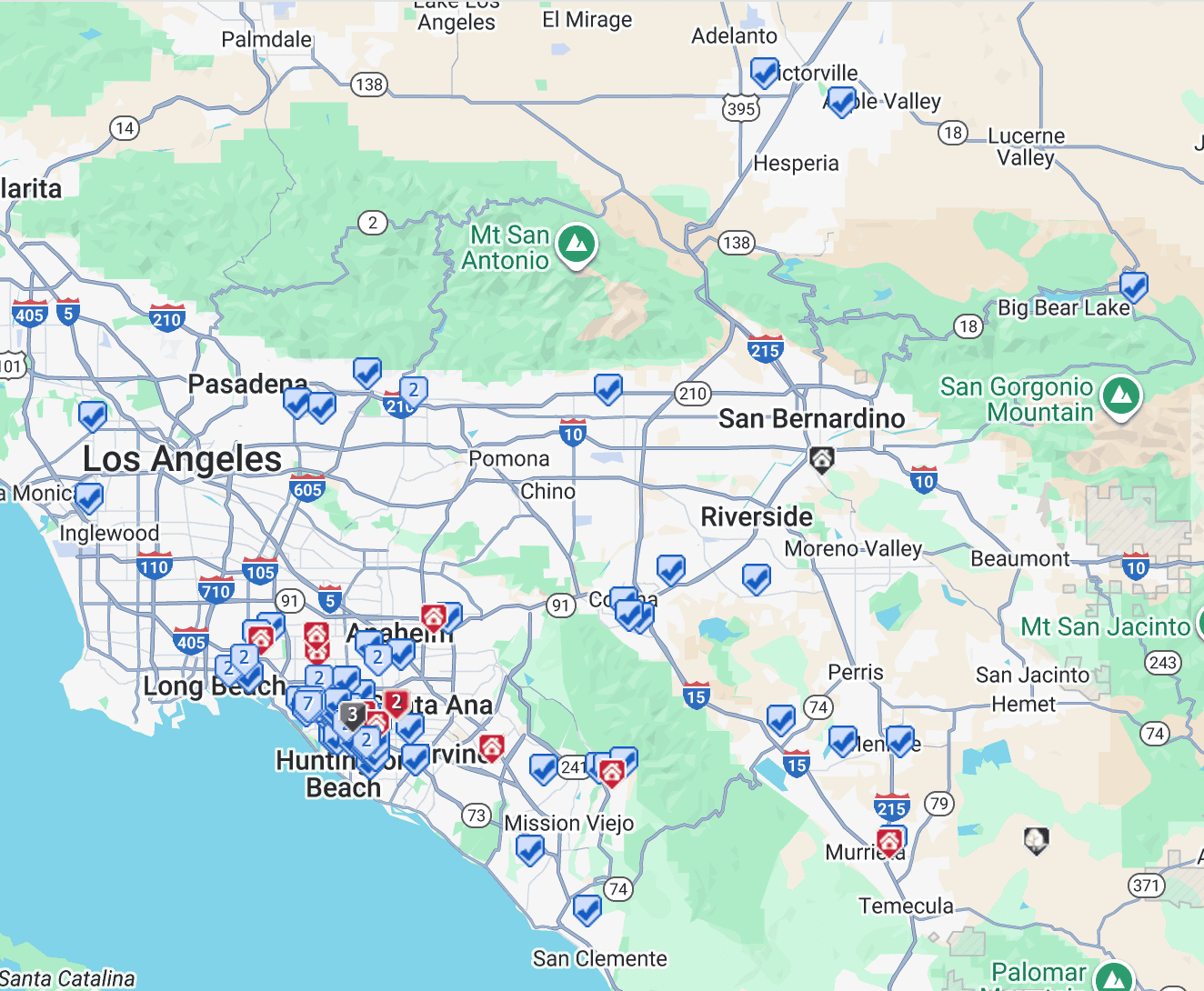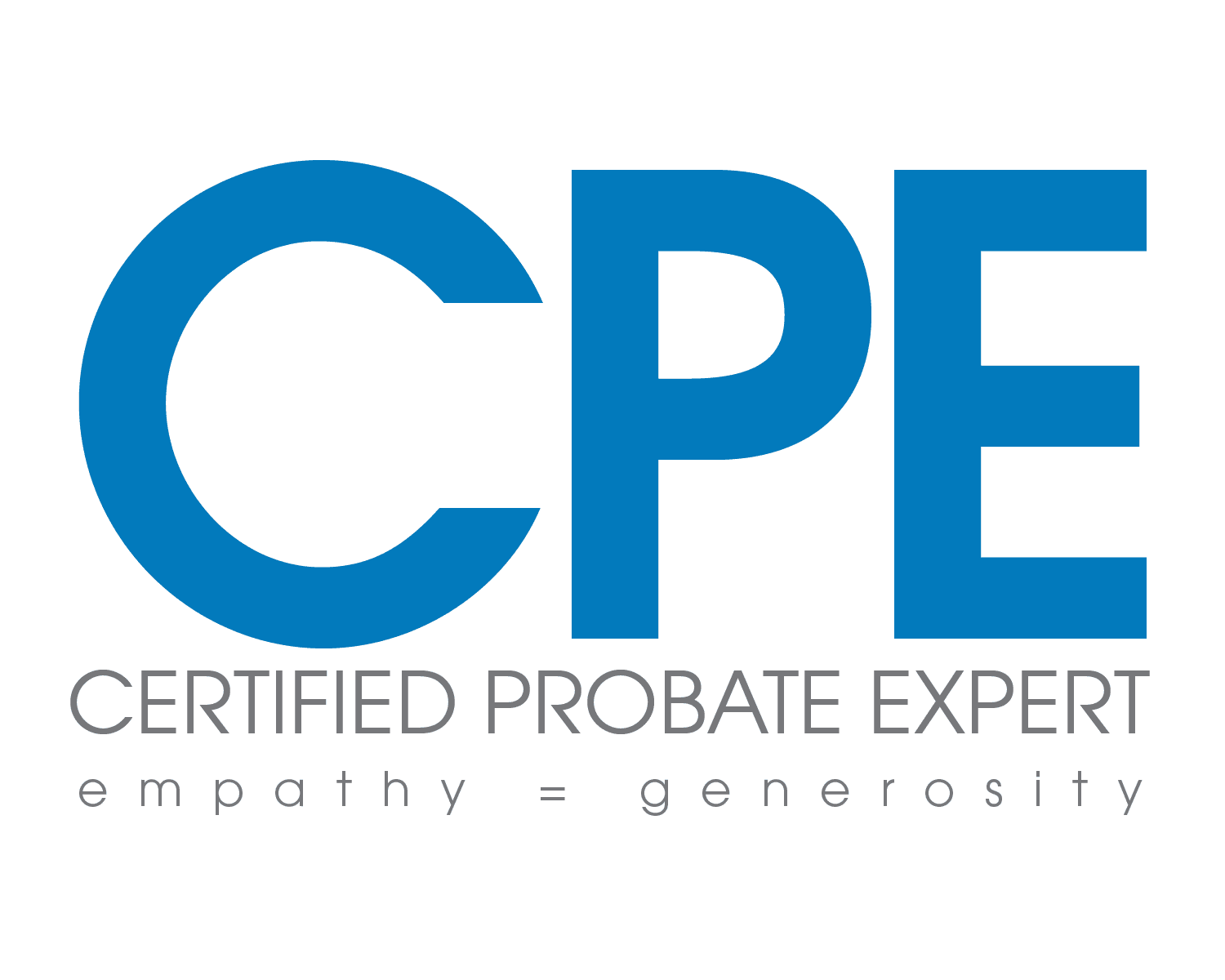
What is a Personal Representative?
Dealing with the probate process after losing a loved one can feel overwhelming, especially when navigating California’s legal system. Fortunately, the Independent Administration of Estates Act (IAEA) offers a streamlined solution for managing a decedent’s estate with minimal court involvement. Enacted under California Probate Code §§ 10400–10592, the IAEA empowers personal representatives—executors or administrators—to handle estate matters efficiently, saving time and money. In this blog post, we’ll break down what the IAEA is, how it works, and why it’s a game-changer for many California estates.
What is the Independent Administration of Estates Act?
The IAEA allows a personal representative to administer a decedent’s estate with reduced court supervision, unlike traditional probate, which requires court approval for nearly every decision, such as selling property or distributing assets. This flexibility makes the probate process faster, less costly, and more straightforward, especially for estates where beneficiaries are in agreement.
The IAEA offers two types of authority:
- Full Authority: Permits the representative to perform most tasks independently, including selling real property, settling claims, and distributing assets. However, a Notice of Proposed Action must be sent to interested parties (e.g., heirs or beneficiaries) at least 15 days before certain actions, giving them a chance to object.
- Limited Authority: Allows independent actions for most tasks but requires court approval for major transactions like selling or encumbering real property.
How Does the IAEA Work?
To use the IAEA, the personal representative must request authority from the probate court, either when filing the initial Petition for Probate or later through a separate petition. The court typically grants this authority unless the decedent’s will prohibits it or an interested party objects with good cause, such as concerns about mismanagement.
Once granted, the representative can handle tasks like paying debts, managing estate assets, or selling property without court hearings. For significant actions under full authority, like real property sales, the representative must issue a Notice of Proposed Action. If no objections are raised within 15 days, the action can proceed. If objections arise, court approval may be required.
Benefits of the IAEA
The IAEA offers several advantages that make it appealing for many estates:
- Speed: By bypassing court approvals for routine tasks, the probate process can be completed in weeks or months instead of dragging on for a year or more.
- Cost Savings: Fewer court hearings mean lower legal fees and court costs, preserving more of the estate for beneficiaries.
- Flexibility: Representatives can act quickly, such as selling real estate at an optimal market time, without waiting for a court date.
- Simplicity: For straightforward estates, the IAEA reduces bureaucratic hurdles, making the process less stressful for grieving families.
Key Considerations and Limitations
While the IAEA is powerful, it’s not a one-size-fits-all solution. Here are some important points to keep in mind:
- Fiduciary Duty: The personal representative must act in the estate’s best interest, maximizing value for beneficiaries. Failure to do so can lead to legal challenges later.
- Notice Requirements: For certain actions, like selling real property, proper notification is critical. Mistakes here could invalidate actions or spark disputes.
- Bond Requirements: Full authority often requires a bond covering the estate’s assets, including real property, which can be costly. Limited authority may reduce bond costs by excluding real property.
- Not for Every Estate: The IAEA is less effective for complex or contentious estates where beneficiaries disagree, as objections can force court supervision.
Additionally, the IAEA doesn’t apply if the decedent’s will explicitly prohibits it or if the court finds good cause to deny it, such as a history of conflicts among heirs.
Practical Tips for Using the IAEA
If you’re considering the IAEA for an estate in California, here are some practical steps to ensure success:
- Consult a Probate Attorney: Probate laws are complex, and an experienced attorney can guide you through the IAEA process, ensuring compliance with notice requirements and fiduciary duties.
- Assess the Estate’s Needs: Full authority is ideal for estates with real property or complex transactions, while limited authority may suffice for simpler estates to minimize bond costs.
- Communicate with Beneficiaries: Keeping heirs and beneficiaries informed can prevent objections and disputes, ensuring a smoother process.
- Understand Bond Costs: Discuss bond requirements with your attorney, as these can impact the estate’s finances, especially for full authority.
Why the IAEA Matters
For many California families, the IAEA is a lifeline during an emotionally challenging time. By reducing the burden of court oversight, it allows personal representatives to focus on settling the estate efficiently and fairly. Whether you’re an executor named in a will or an administrator appointed by the court, the IAEA can empower you to manage the estate with confidence.
However, the process isn’t without pitfalls. Failing to follow legal requirements, such as issuing proper notices or acting in the estate’s best interest, can lead to costly mistakes. That’s why professional guidance is often essential.
Learn More
To dive deeper into the IAEA, check out the full text of the law at California Probate Code §§ 10400–10592 on https://leginfo.legislature.ca.gov.
If you need any help or guidance do not hesitate to reach out. Simply send us a message or book an appointment.








